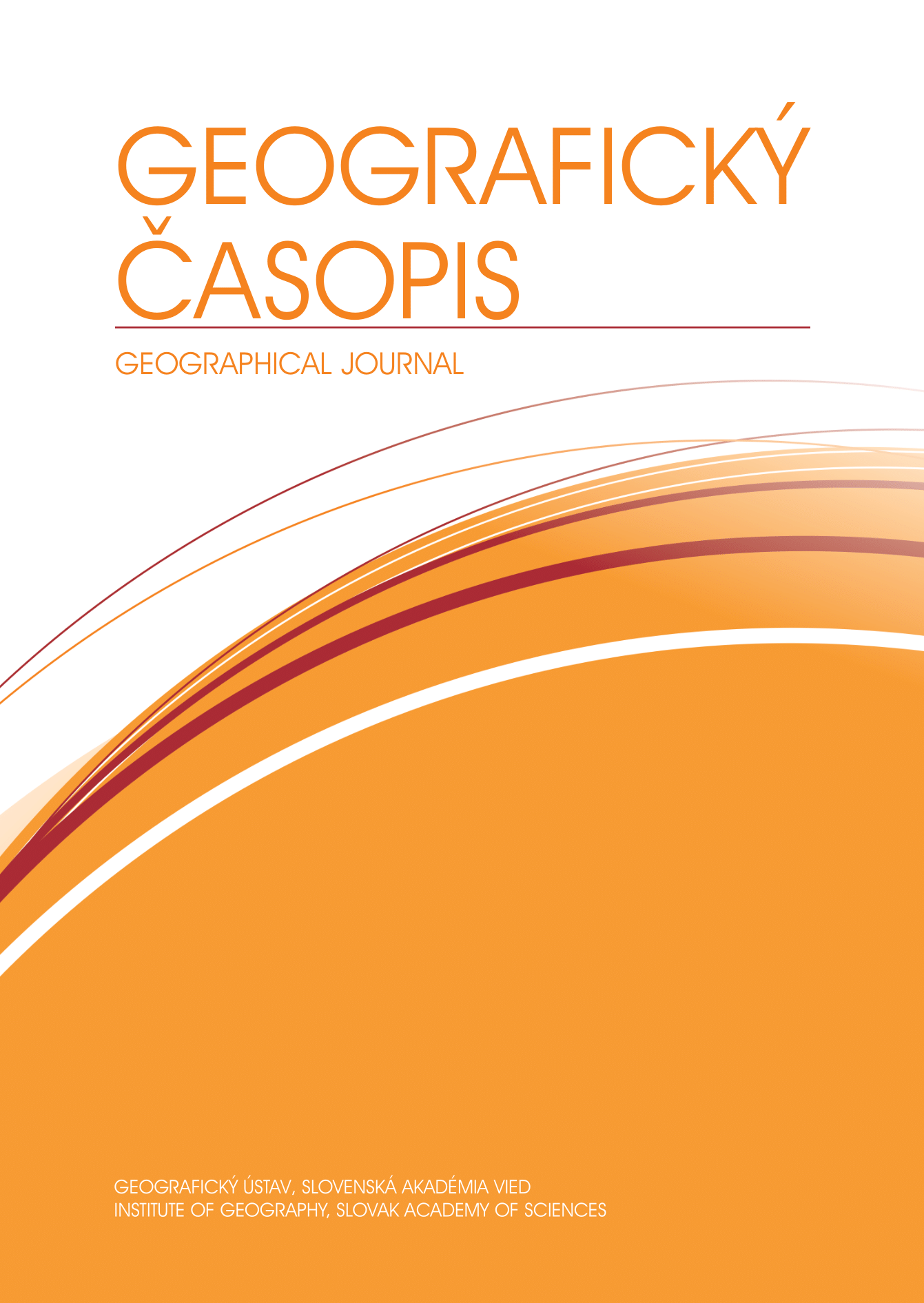Long-term population development of the South Bohemian municipalities from 1869 to 2021 in the perspective of selected factors
DOI:
https://doi.org/10.31577/geogrcas.2024.76.3.14Keywords:
development of municipalities, railway influence, territorial-administrative function, South BohemiaAbstract
The article aims to capture and justify changes in the population development of larger South Bohemian municipalities from the beginning of the industrial era to the present. It evaluates the impact of three factors on the population development of municipalities – railways, territorial-administrative function and population size, but attention is also paid to other factors that shaped the population development of municipalities. The article uses census data from 1869 to 2021 for 104 municipalities with 2,000 or more inhabitants. In terms of the influence of the railway, the population increased the most in municipalities with railway junctions, especially until 1930. The higher territorial-administrative function of municipalities positively influenced their population growth throughout the whole monitored period. Municipalities with a larger number of inhabitants grew faster in population. But this did not apply to the last, postsocialist period, when the influence of other factors and processes was ap-plied, mainly suburbanisation.
Downloads
Published
Issue
Section
License
Copyright (c) 2024 Geografický časopis / Geographical Journal

This work is licensed under a Creative Commons Attribution-NonCommercial 4.0 International License.
The authors accept and agree to respect the terms and conditions of this public license. Published articles or their parts may be reused, provided that the names of the authors are mentioned and will serve only for non-commercial purposes.

